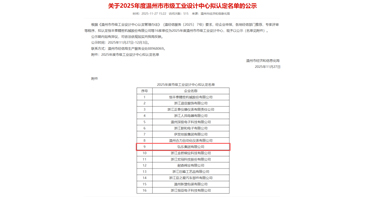What Does a Surge Arrestor Do?

 Site Editor
Site Editor
Surge arresters are components that help protect electrical systems from overvoltages caused by lightning strikes or power system failures.
Surge arresters are used to protect a wide variety of electrical and electronic equipment from residential to industrial facilities.
What are the three types of surge arresters?
Surge arresters are classified according to their function and the type of protection they provide:
1. Lightning surge arresters
Lightning surge arresters are used to protect against direct or nearby lightning strikes. They are usually installed near or on the roof of a building.
2. Transient voltage surge arresters
Transient voltage surge arresters against voltage surges caused by power changes or sudden load increases.
3. Ground arrester
Line-to-ground arresters against surges caused by potential differences between the line and ground.
What factors need to be considered when choosing a surge arrester?
1. Type of protection required
2. Installation environment
3. The rated voltage of the equipment to be protected
What should be paid attention to after the Outdoor Surge Arrester is installed?
After the arrester is installed, it should be tested and inspected regularly to ensure that it is working properly.
The importance of regular inspection of outdoor Surge Arrester:
Because the outdoor surge arrester is specially designed to protect electrical equipment installed outdoors. This includes devices such as street lights, traffic lights and power lines that are exposed to the elements.
The main function of outdoor lightning arresters is to prevent lightning strikes and other types of surges from damaging outdoor electrical equipment. This is especially important in areas with frequent thunderstorms or areas with high voltage power lines that are struck by lightning.
Outdoor surge arresters are typically designed to withstand severe weather conditions and are often mounted on utility poles or other structures that are exposed to the elements.
How to test and check the Outdoor Surge arrester?
1. Measure the voltage drop across the
Use special equipment to measure the voltage drop across the arrester and to check for signs of wear or damage.
2. Make sure all connections are secure and reliable
Test the device and make sure it is properly connected to the electrical system and that all connections are secure.
3. Follow the manufacturer's instructions
As far as manual operation is concerned, it is very important to follow the manufacturer's instructions when testing and inspecting arresters.
In short
Surge arresters play a vital role in protecting electrical equipment from overvoltages caused by lightning strikes or power system failures.
The outdoor surge arrester category is specifically designed to protect outdoor electrical equipment exposed to the elements, manual operation includes testing and checking the equipment to ensure it is functioning properly.







